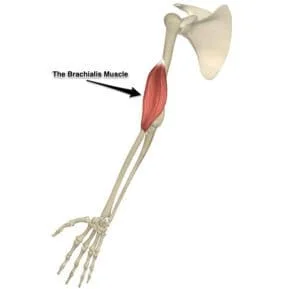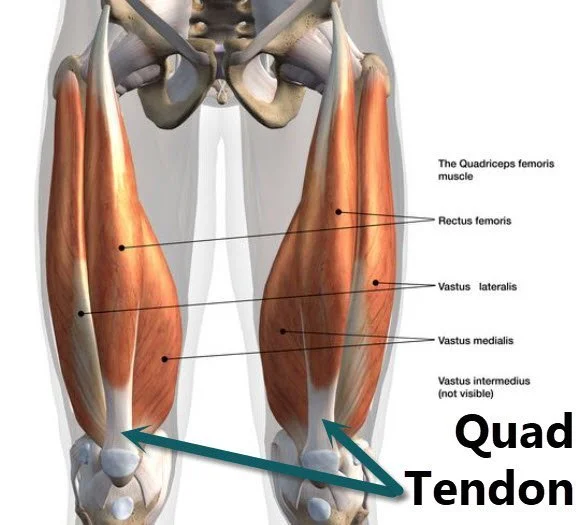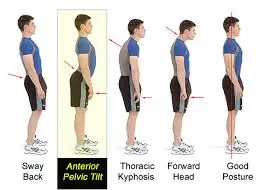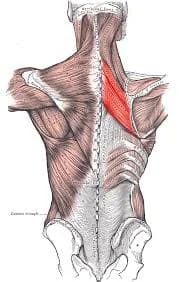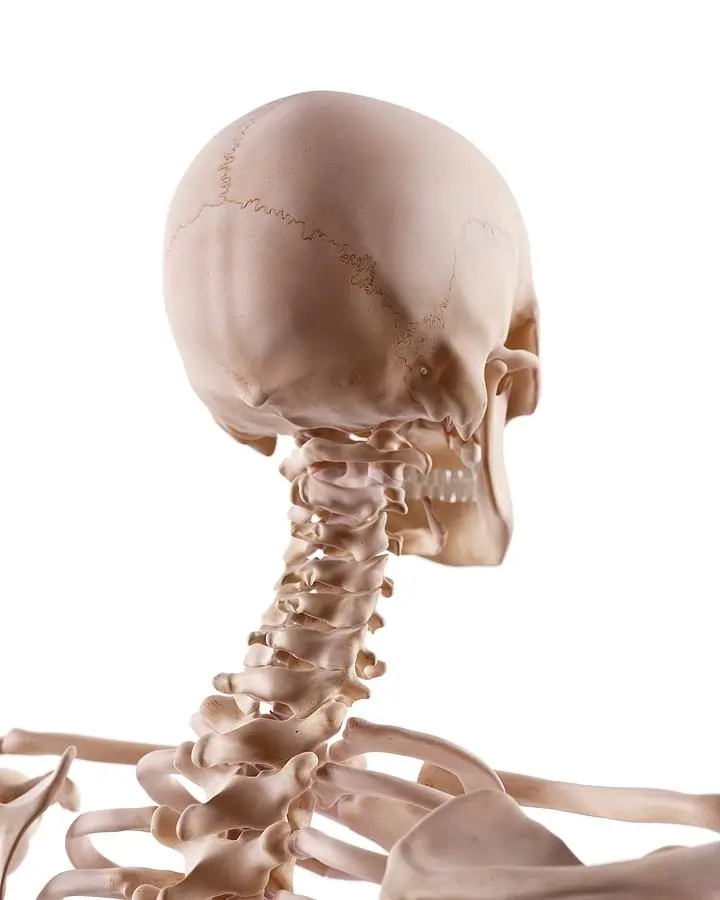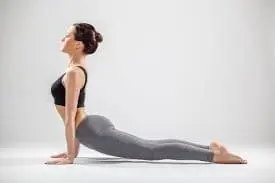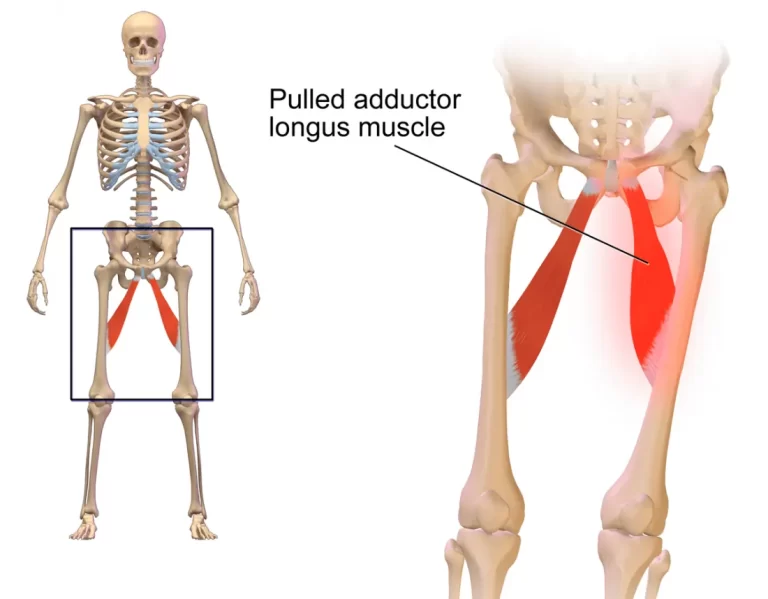Brachialis Muscle Pain
Brachialis muscle pain is suggested when you experience arm pain that limits your arm’s movement or function. The brachialis muscle is strained forcefully or repeatedly, which causes this pain. The RICE technique and physical therapy help to lessen this pain.
What is brachialis muscle pain?
- In the arm, close to the elbow joint’s crook, is the brachialis muscle.
- When the hand and forearm are pronated, with the palm pointing down, this muscle flexes and bends the elbow joint.
- To guarantee that the elbow joint flexes correctly, this muscle collaborates closely with the biceps brachii and brachioradialis muscles.
- A brachialis muscle injury results in pain and restricts the arm’s usual range of motion.
- The patient has arm weakness and shows signs of muscular swelling after an accident.
- The home remedy is used for physical therapy to reduce edema and spasms and for RICE therapy to alleviate pain.
Anatomy of the brachialis muscle?
- The ulna bone’s coronoid process and tuberosity are where the brachialis muscle is implanted.
- Together with the supinator muscle, the brachialis muscle forms the floor of the elbow joint’s cubital fossa.
- The brachialis muscle’s job is to flex the elbow joint, primarily when the forearm is pronated, or palm down.
Cause of the brachialis pain?
- When the brachialis muscle is repeatedly or violently strained, it becomes damaged.
- This force is often applied when the elbow joint is pronated.
- Climbers, throwers, and racquet sport participants are primarily affected with brachialis injuries as a result of overuse and repetitive strain.
Symptoms of the brachialis muscle pain?
- The front of the elbow joint is where the patient experiences pain.
- Because it puts strain on the damaged brachialis muscle, the patient has trouble extending their elbow joint.
- The patient experiences both the movement of bending the elbow joint and muscle weakness.
- The patient’s muscle pain is also caused by trigger points.
- When a patient has cervical radiculopathy and neck pain, they also have weakening in their brachialis muscles.
Diagnosis of brachialis pain?
- The patient should visit and get in touch with the healthcare practitioner as soon as they experience any symptoms or reasons of pain in this muscle.
- in order for the medical professional to evaluate the patient’s condition and determine the best course of action.
- When diagnosing a brachialis injury, medical professionals evaluate the brachialis muscle.
- In the first step, the medical professional looks into the patient’s injury history and attempts to determine what caused the pain.
- During the observation, note the patient’s skin redness and swelling.
- Check the temperature while palpating the edema.
- Examine the elbow joint’s range of motion and strength during the examination.
- A medical professional is also recommended to perform magnetic resonance imaging (MRI), which evaluates the soft tissues in the anterior elbow joint, and X-ray, which aids in evaluating the potential fracture.
What is the Treatment of Brachialis Pain?
To alleviate muscle pain in its initial stages, apply the RICE technique.
- R – rest = The patient is recommended to rest when the pain arises. The patient is also accustomed to using a splint to relieve pain while they are at rest.
- I-ice = For 20 minutes, ice is administered to the painful location. The patient is also given frozen peas and an ice pack to help with swelling reduction.
- C-compression = In order to lessen pain, edema, and spasms, compression is administered to the bandage on the affected muscle area.
- E-elevation: To lessen edema, the patient is raised to the foot with the use of a pillow.
Massage:
- Injuries to the brachialis muscle can also be effectively treated by massage.
- Therefore, massage aids in reducing pain, increasing blood flow, and improving muscular tissue extensibility.
- To relieve the swellings, this massage is administered with the aid of oil.
Trigger Point Release:
- Firm pressure is applied to a trigger point, which is a taut band and hyperirritable region, as part of trigger point therapy.
- By reducing the amount of blood flowing to the area, this pressure helps to relieve the tension in the muscle.
- Blood returns to the area and flushes any toxins generated by the muscle when the pressure is relieved.
- Pain that lasts a few seconds in other places of the body is also referred to as these sites.
Dry Needling:
- Acupuncture needles are used in the dry needling technique to release trigger points, which lessens muscle tightness.
- Sterilized acupuncture needles are individually packed by a soft tissue occupational therapist. These needles pierce the trigger point and provide a temporary reaction in the muscle that immediately subsides to let the muscle relax.
- The overly manipulative treatment known as myofascial release aims to relieve fascial tension caused by trauma, posture, or inflammation.
- points of fascial constriction that put a lot of strain on muscles and nerves, resulting in persistent pain.
- Long stretching strokes are used by a soft tissue occupational therapist to balance muscle and tissue mechanics, improving joint range of motion and reducing pain.
Heat:
- Heat is a low-cost, efficient method of pain management that increases blood flow to the area, relaxes muscles, and increases range of motion and flexibility.
Physical Therapy Treatment for Brachialis pain?
Electrotherapy, stretching, and exercise are all part of the physical therapy treatment to help with muscular pain and swelling.
Electrotherapy
- SWD, TENS, IFT, and the US are all part of the electrotherapy treatment, which lowers pain and swelling.
- on lessen swelling, ultrasound therapy is applied on the trigger and sensitivity points.
- To lessen pain, short-wave diathermy is applied to the affected area.
- To reduce pain and edema in the affected area, TENS and IFT equipment are utilized.
Stretching for the brachialis muscle pain:
Stretching aids in the release of muscle pain and tension.
- Stretching with a Block
- Stretching on the Floor
- Stretching with the Table
- Stretching with the Wall
- Standing Stretch
- Seated Stretch
Stretching with a Block:
- A simple stretch at the table using a block relieves the soreness in the brachialis muscle.
- The patient is instructed to sit at the table and position a heavy book or yoga block in front of them.
- Stretch the forearm straight out in front of you and rest the elbow joint over the object.
- The patient performs the stretch once with their hand facing up and once with their palm down.
- This stretching pose should be held for up to 30 seconds and performed three times in a single session.
Stretching on the Floor:
- Stretching the brachialis muscle also involves reclining on one’s back in bed and on the floor.
- Surely The elbow joint should remain fixed to the floor.
- Another floor stretch a patient can perform is to lie on their back, wrap the other hand around their wrist in a circle, and lift their arm up over their head.
- This stretching pose should be held for up to 30 seconds and performed three times in a single session.
Stretching with the Table:
- The simple table stretch involves placing the elbows on the table and turning the palm of the other hand upward.
- Turn the palm up as far as it will go without causing pain, and then do the same with the palm facing down. has to be Maintain the elbow joint’s solid table attachment.
- Additionally, the patient uses the table to stretch by placing their forearm parallel to the table’s edge while seated in the chair.
- Hold this stretching position for up to 30 seconds and do it three times in a single session.
Stretching with the Wall:
- Additionally, the brachialis muscle is stretched while standing with the arm extended toward the wall and the arm at arm distance from the wall.
- The arm should be somewhat in front of the torso, and the hand should be kept below the shoulder.
- Gently turn the head away from the wall after placing the hand and fingers against it.
Standing Stretch:
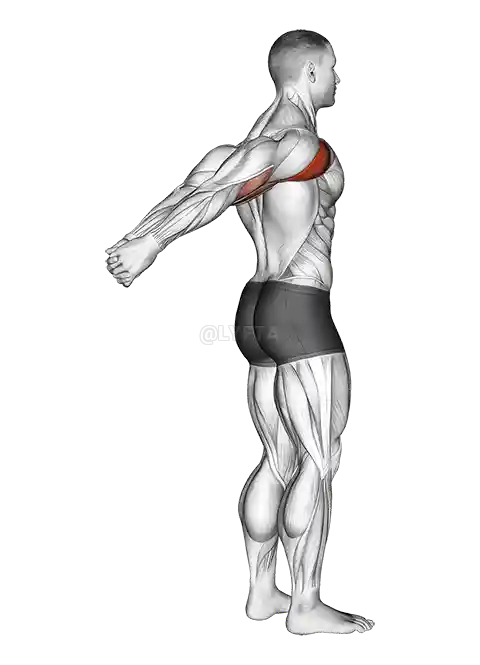
- The patient’s shoulder joint is parallel to the entrance of the doorway when they stand close to it.
- The patient grasped the doorjamb at shoulder height with the right hand by reaching straight to the side and slightly back. If required, fully straighten the right arm and move back away from the doorjamb.
- Slowly rotate the torso to the left until the upper right arm feels stretched.
- Repeat the opposite side after holding this stretch for 30 seconds while breathing normally.
Seated Stretch:
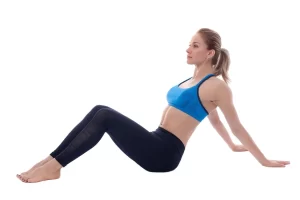
- The patient has taken a seat on the ground.
- The hands should be turned such that the fingers point straight back. Maintaining a uniform weight distribution, progressively move the hip joint forward until you notice a slight strain in the brachialis muscle.
- Do this stretching three or five times.
Exercise for brachialis muscle pain:
- Hammer Curl
- Cross Arm Landmine Curl
Hammer Curl
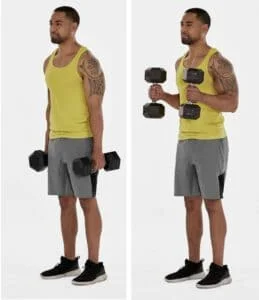
- The patient is Standing with your feet shoulder-width apart, holding a dumbbell in each hand, and letting your knees relax. Flex your elbow and bring the dumbbell to your shoulder while keeping your arms at your sides and your palms facing inward.
- Do two to three sets of the 15 repetitions three times a week for best results. Curl is employed to tilt the bench in the modified hammer so that the brachialis has more range of motion.
- The patient is carrying a dumbbell in each hand while seated on an incline bench and reclining back with the headrest.
- Flex the elbow and raise the dumbbells to the shoulder while starting with the arms at your sides and the palms facing inward. then continue this exercise while lowering yourself back to the starting position.
- Three times a week, complete this exercise in two to three sets of fifteen to twenty repetitions.
Cross Arm Landmine Curl
- Stabilize the end of one side of the bar on the ground in front of the patient’s body, but secure the barbell in a corner or a landmine attachment.
- Grasp the barbell.
- Three times a week, perform this exercise in two to three sets of 15 to 20 repetitions.
FAQs
Why do my brachialis muscles seem so weak?
It frequently has inadequate motor recruitment. Exercises that are meant to strengthen the brachialis are often performed by people without really activating the muscle. The brachialis must be taught to contract using specialized motor learning exercises.
Do you have brachialis pain?
Position your fingers on the outside of your arm, halfway between your shoulder and elbow, as your bicep contracts. You should be able to feel the brachialis contracting with elbow flexion by running your fingertips along the bicep’s edge.
What brachialis exercises are effective?
Preacher Curl with Barbell
During the upward curling phase, the brachialis is activated by the preacher curl. During elbow flexion, the brachialis muscle stabilizes the arm as you curl the weight up to your chest. Additionally, the outcomes of this exercise will vary according on the grip employed.
What is the brachialis muscle good for?
The brachialis is regarded as a “pure flexor” of the forearm near the elbow, allowing elbow flexion in all physiologic situations.
Are the brachialis more powerful than the biceps?
It is stronger than the biceps brachii and the coracobrachialis because of its huge cross-sectional area.
Which movement is controlled by the brachialis?
flexion of the elbow
Elbow flexion, or the movement that permits the forearm to move closer to the body, is primarily controlled by the brachialis muscle, which is found in the upper limb of the body. The musculocutaneous nerve (C5–C6) innervates the brachialis muscle medially, while the radial nerve (C7) innervates it laterally.
Is the brachialis muscle deep?
One of the main forearm flexors at the elbow joint is the brachialis muscle. It is situated deep to the biceps brachii in the anterior (flexor) compartment of the arm and has a fusiform shape.
What is the pattern of brachialis pain?
Brachialis: Manifestations
You may also get pain in the crook of your elbow. Your shoulder may hurt a little in the front, but it won’t stop you from moving. If there is any elbow extension restriction, it is often mild.
Why do I have so tight brachialis?
The brachialis muscle’s main job is to flex your elbow joint, which enables you to bend your elbow. A muscular tear, tendinitis (inflammation of the tendon that connects your muscles to the bone), or brachial spasms and tightness can all cause brachialis pain.
Which brachialis exercises are effective?
The Crossbody Hammer Curl, Narrow Grip Pull Up, and Narrow Grip Inverted Row are some essential exercises that help us pronate the forearm and shut down the angle into our chest, highlighting the brachialis movement and reducing the participation of the biceps.
What is the duration of brachialis pain?
Your recuperation may take a little longer or even less time, depending on the type and extent of your injuries.
How is brachialis pain treated?
Brachialis injuries may potentially benefit from massage therapy. Massage can enhance blood flow, reduce pain, and increase muscular tissue extensibility. It is frequently done before to stretching.
References
- Ladva, V. (2024b, December 9). Brachialis Muscle Pain: Cause, symptoms, Treatment, Exercise Samarpan. Samarpan Physiotherapy Clinic. https://samarpanphysioclinic.com/brachialis-muscle-pain/
- Thakkar, D. (2023a, April 5). Brachialis Muscle Origin, Insertion, Function, Exercise – Samarpan. Samarpan Physiotherapy Clinic. https://samarpanphysioclinic.com/brachialis-muscle/

